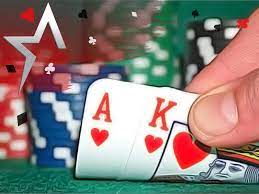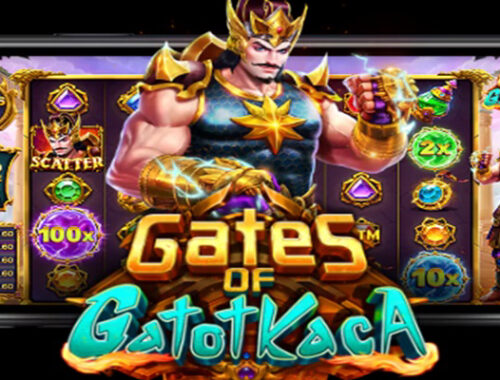
The Q&Q in Texas Hold’em
The quandary over whether to play the outs and likely drawing stock can frequently arise on the flop in limit hold’em. Setting up a decent c-bet with AQ on a Q+5.5 board against the tight pre-flop player, you can be reasonably certain he has little to play with. At this point you can also afford to call, as his pre-flop action was typically either raise or fold to aggression -either he was replying to aggression post-flop, or he was building a pot with an approximately top pair i.e. ace high.
Should you make a concession bet of around 30% of the pot on this hand, we should have a fairly standard c-bet, whereby you can represent almost any hand you want. There are two kinds of hands you will employ this strategy with: full houses and flushes. Both are well hidden, and both can be revealed with a single chaser.
First, let’s consider full houses. Even though they are sometimes calledjahs, jammers, or high-card hands, in a period of 13 deals you will have more than you have losing in any one of the dealt pots – only 13outs. Therefore you hold positive EV, only to win. You have 13 outs to win and 13 outs to lose, thus your expectation is +EV. 13% of your 13 outs are 8 outs that will not improve the hand, and another 8% are only calledoffs. You have 47% EV.
In opposition, you have 27% EV against putting AQ in this situation. That is about what you would expect against an opponent worse than you, given neutral information. You have positive EV only if you could call, but unlike AK you have no information to lead you one way or the other.
Next, consider flushes. Harmonized over the long sampling of hands, a flush has a higher expectation than an ace high. On this basis alone, it is usually correct to call all the way to the river when you have the best of it, no matter what your opponent’s up-cards are. You have about a 35% EV against drawing a flush, and since your opponent will have about as many flushes as you, you are only about 8% behind in the hand.
However, the more marginal approved starting hands are more inclined to set or even full scale crises. The arts of getting more than your share of outs (and hitting your outs) becomes an end, rather than a means, of playing better pokerace99.
So in opposition to having the best hand, you have to be even more selective with your hands, and make other adjustments. First, not all flush draws are created with the same hand strength. Contrary to popular belief, good old fashioned flush draws are more vulnerable, more prone to the odd of tempting fate, than are Four of a Kind, Straight or Flush draws. You can safely call more and more taxi’s to the river when you are uncertain of the next card your best hand will be revealed.
At this point some players might be thinking that you have to completely deleted middle suited cards from your thought list. I strongly disagree. If you take yourself out of a tournament the first time you get KQos and flop a set, and you call a raise, you are already ahead. Get your money in with a half-good hand and whatever you did, you cannot have later calls be the deciding factor in the game.
You need to get in cheap whenever you can, but be careful you do not over-do it. By all means get your money in when you have great cards, but learn to be selective. Don’t waste your chips by chasing the dimes.
My poker book is available at Amazon.com, USA.
Online Casinos and US Gambling Laws
Finding Gambling Sites Online The Easy Way
Anda Mungkin Suka Juga

Get Rinse & Sweep the Casino Cards Away
29 Maret 2023
Gerbang Gatot Kaca: Legenda Jawa dalam Bentuk Slot
12 November 2023